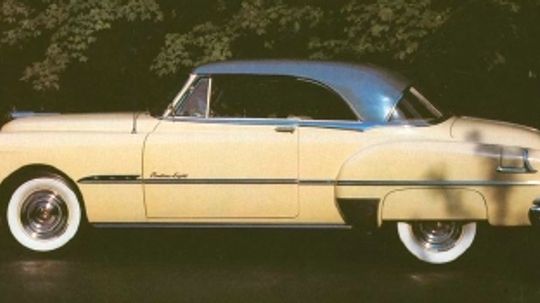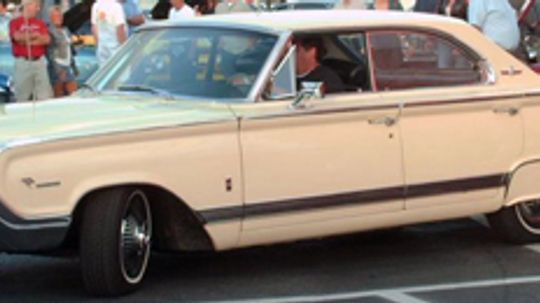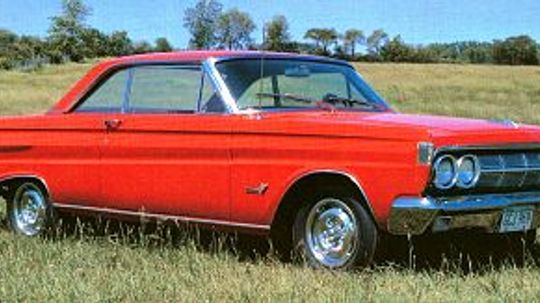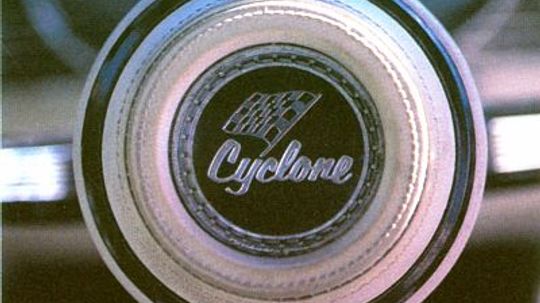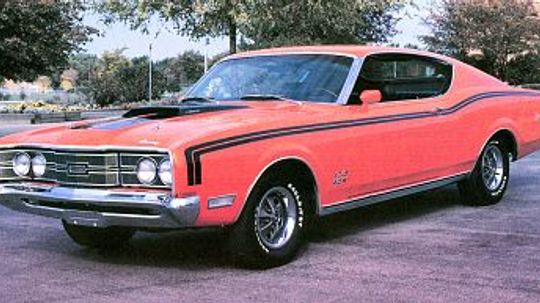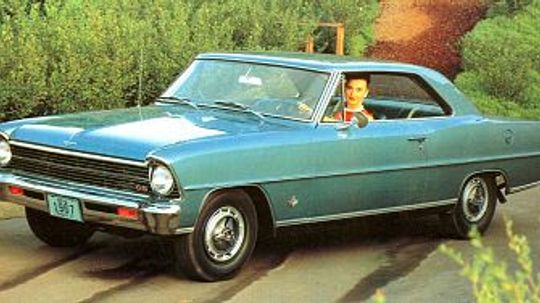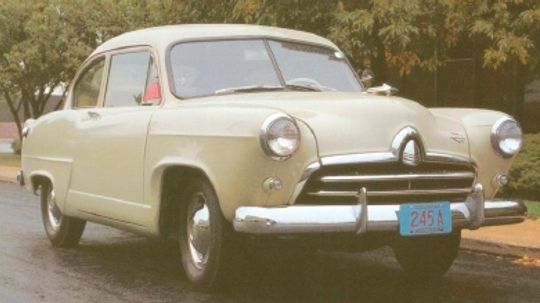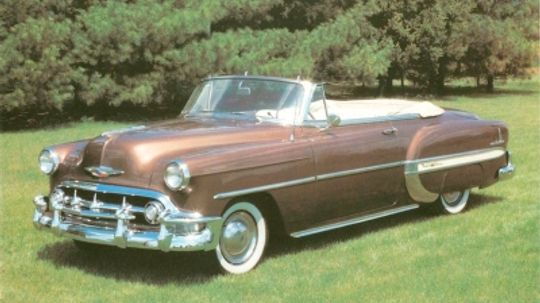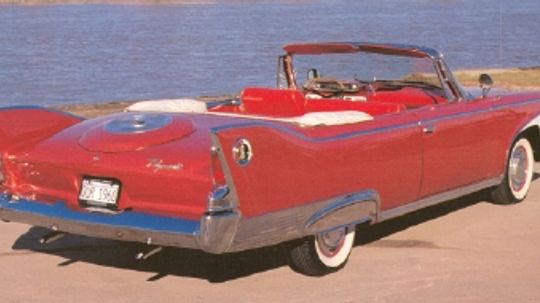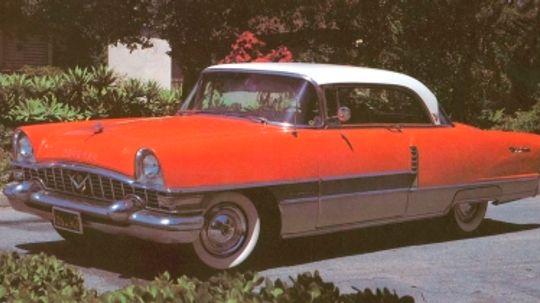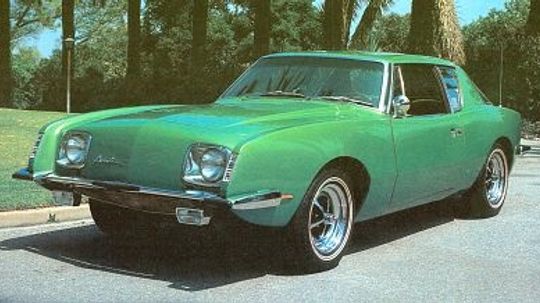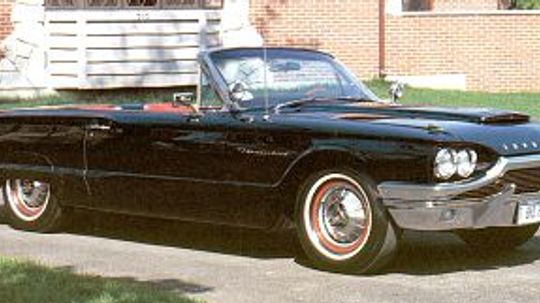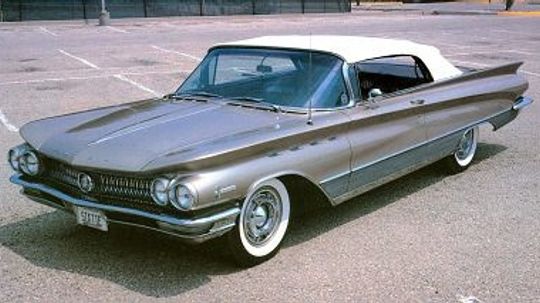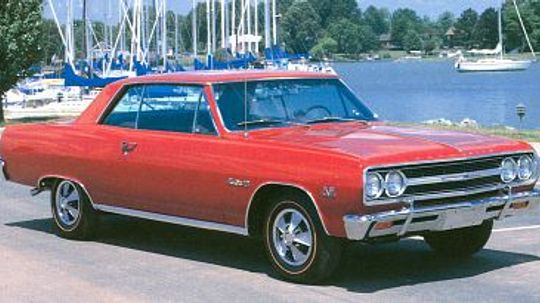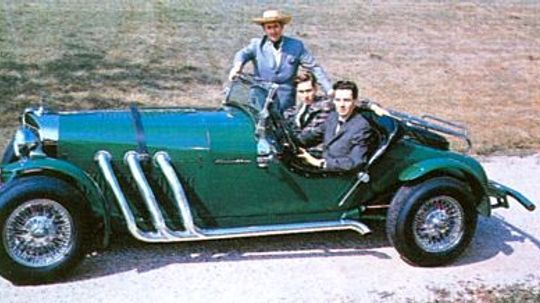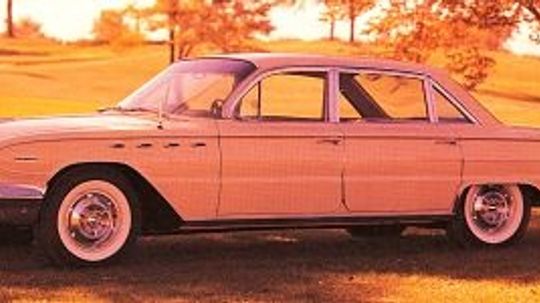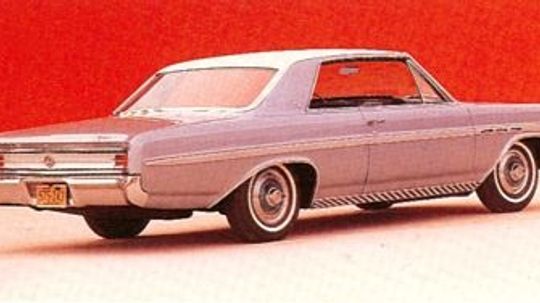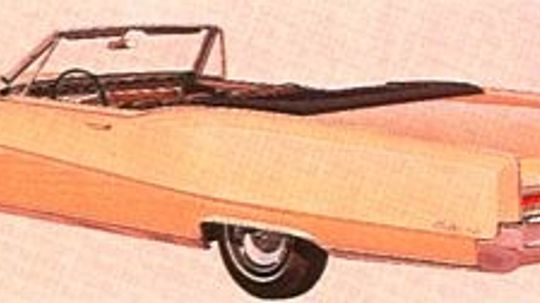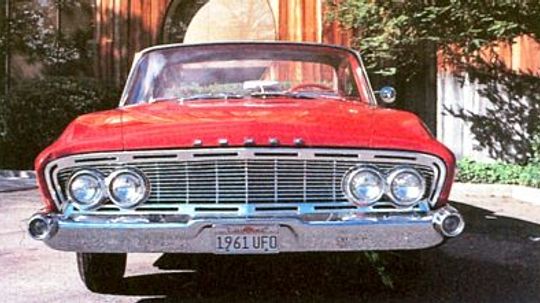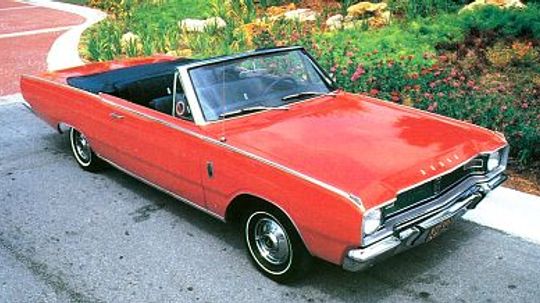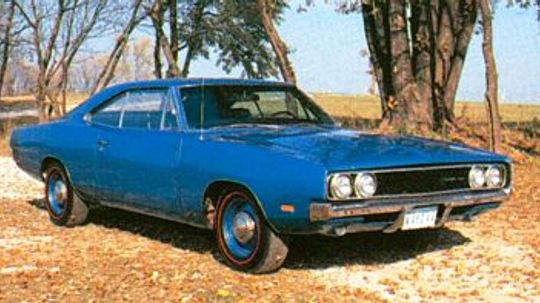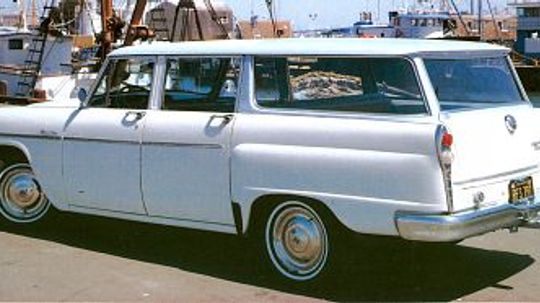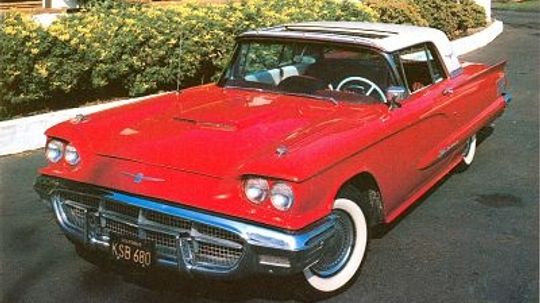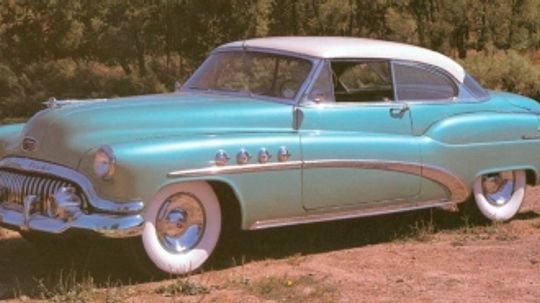Collectible and Classic Cars
The Collectible and Classic Cars Channel highlights some of the rarest and most sought-after cars. Learn about cars like the Bugatti, the Tucker, Ferraris and dozens more.
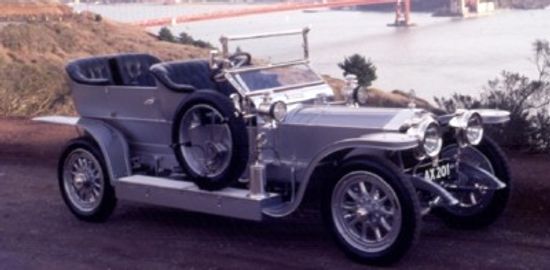
1907-1926 Rolls-Royce Silver Ghost
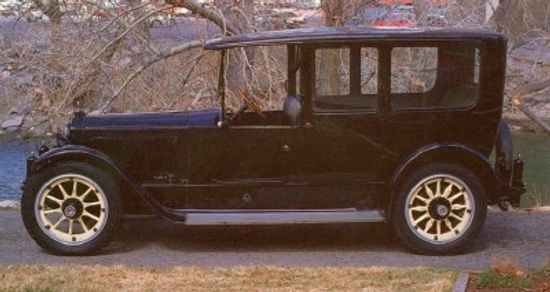
1916-1923 Packard Twin Six
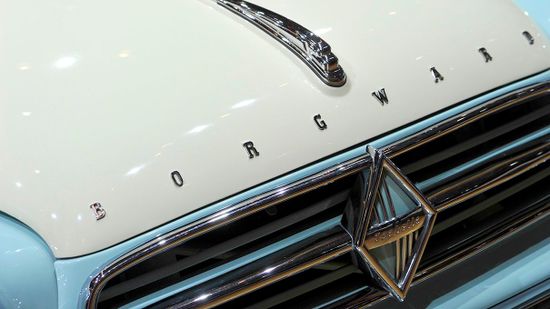
The Crazy Story of Borgward, the German Carmaker You've Never Heard Of

1934-1937 Chrysler Airflow
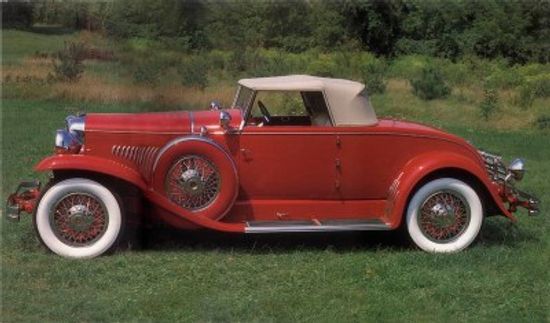
1928-1934 Duesenberg J-Series
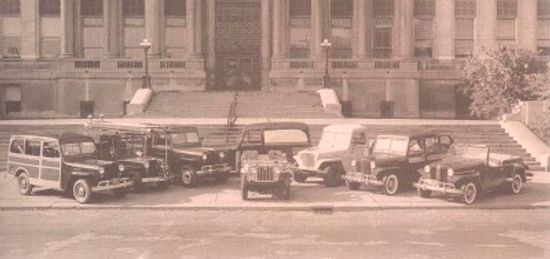
1945-1952 Jeep: Willys Postwar Jeep
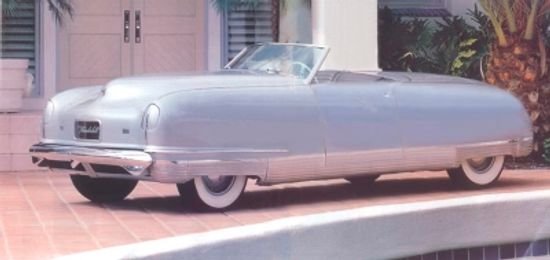
1941 Chrysler Thunderbolt Roadster
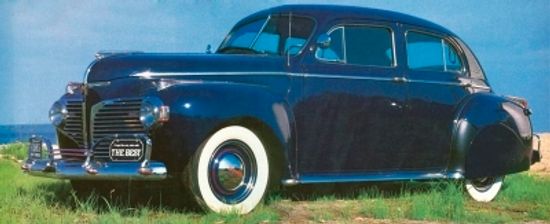
1941 Dodge Custom Town Sedan
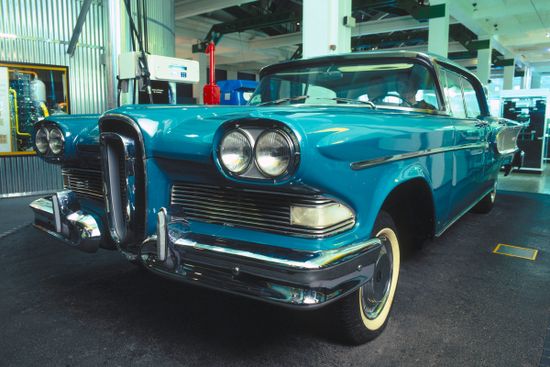
The Ford Edsel Failed, But Why?
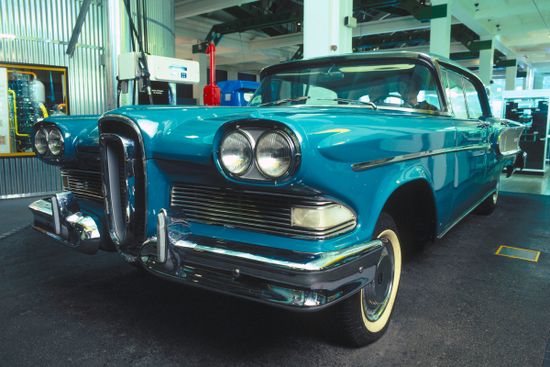
Was the Ford Edsel really that much of a failure?
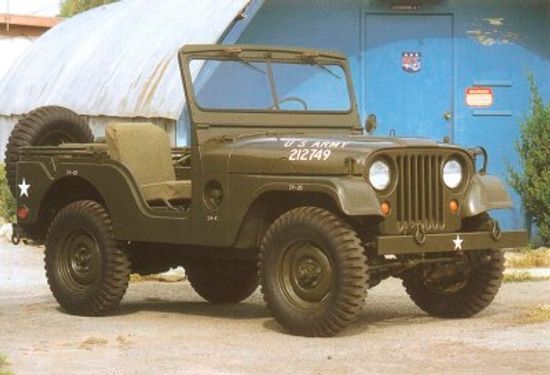
1953-1956 Jeep
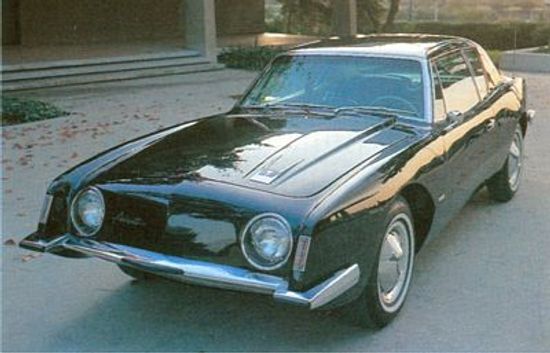
1963-1964 Studebaker Avanti
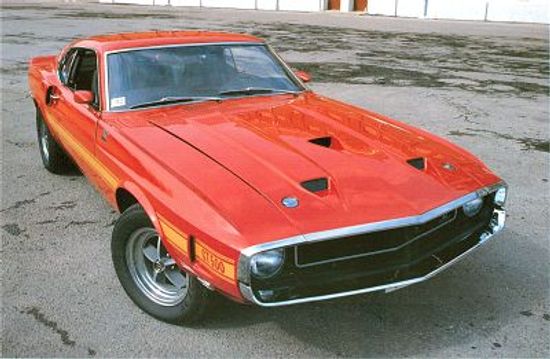
1969 Shelby GT-350 & GT-500
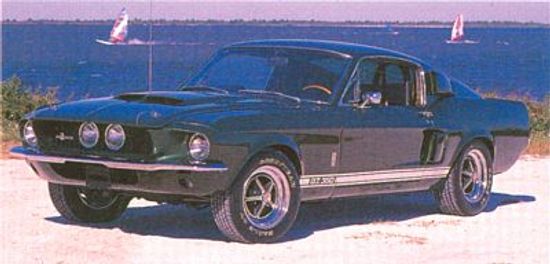
1967-1968 Shelby GT-350 & GT-500
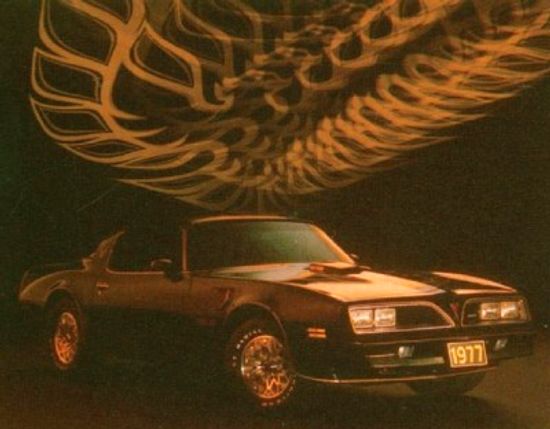
1977 Pontiac Firebird Trans Am and Formula
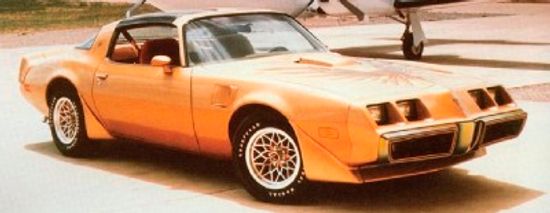
1979 Pontiac Firebird Trans Am and 10th Anniversary Trans Am
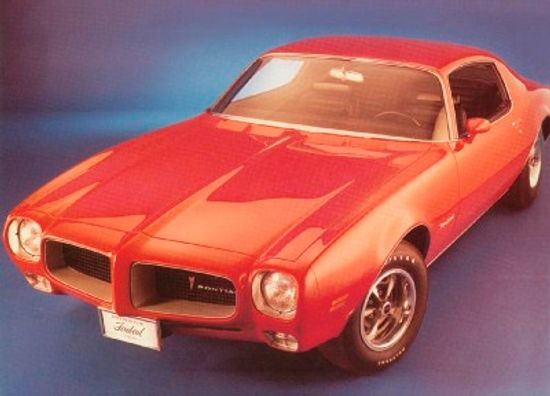
1970 1/2 Pontiac Firebird
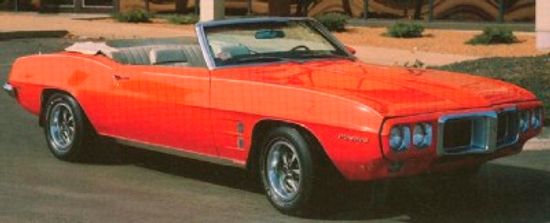
1969 Pontiac Firebird Sprint Convertible
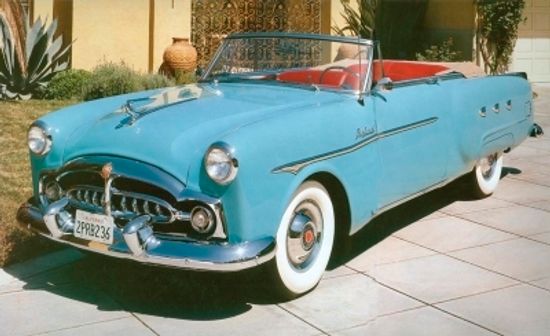
1952 Packard 250 Convertible

1961 Buick LeSabre Convertible
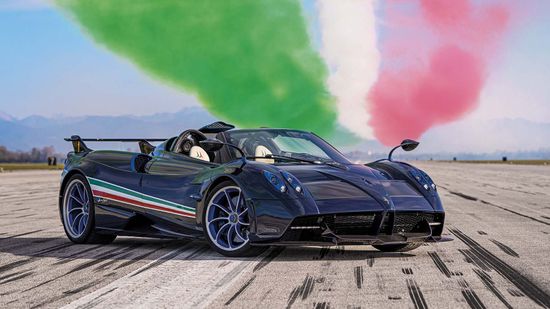
What Is the Most Expensive Car in the World?
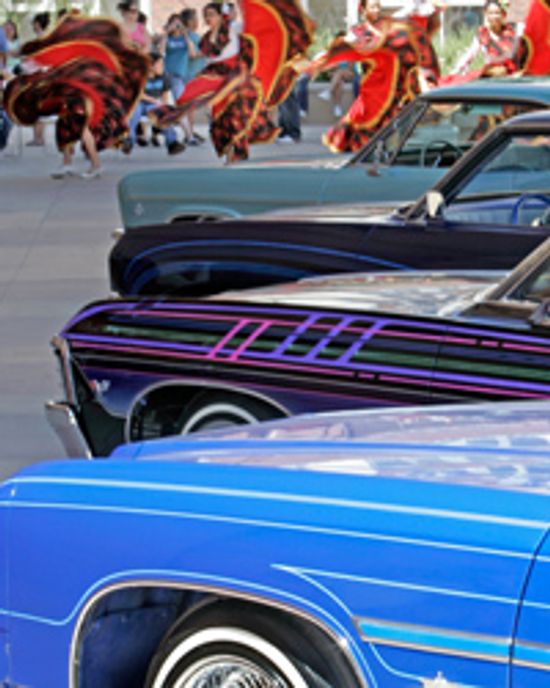
Cruising Low and Slow: 10 Great Lowriders
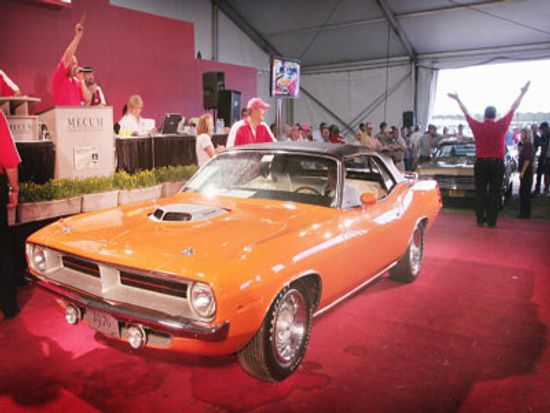
How Car Restoration Works
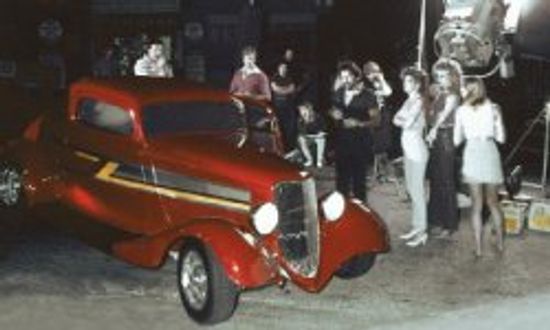
Hot Rod Pictures
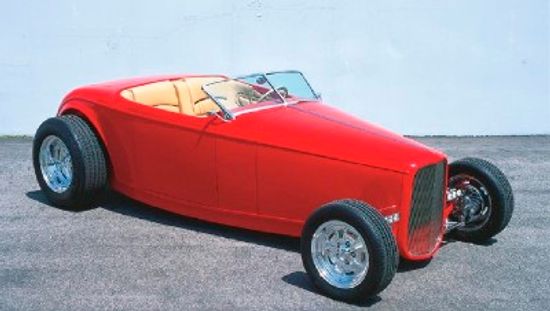
Muroc Roadsters: Profile of a Hot Rod
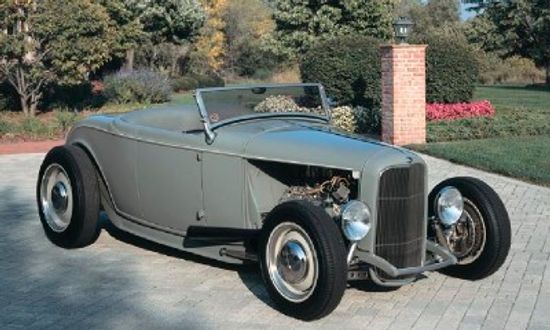
Ritzow Deuce: Profile of a Hot Rod
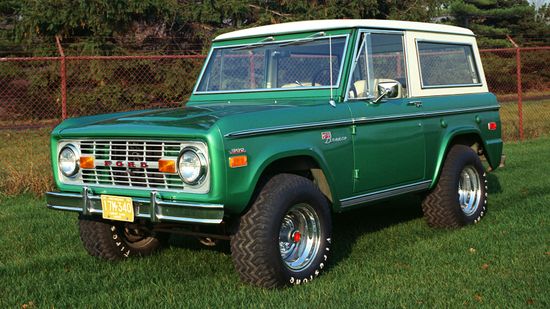
Millennials and Gen Xers Best Boomers at Collecting Cars
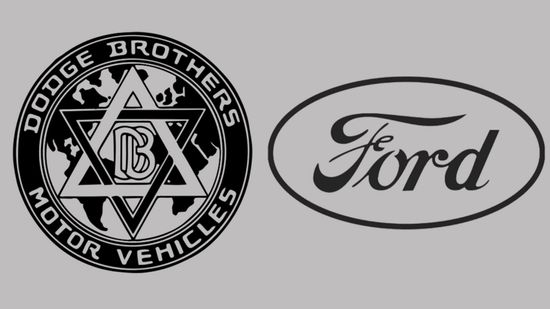
Henry Ford vs. the Dodge Brothers: An All-American Feud
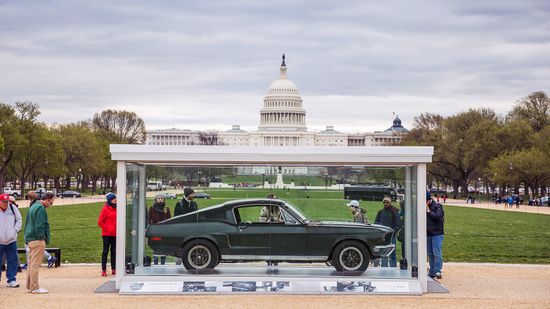
National Historic Vehicle Register Honors Elite Cars
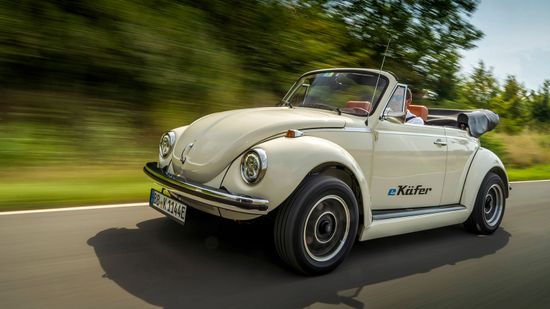
Could Electric Motor Conversions Save Classic Cars?
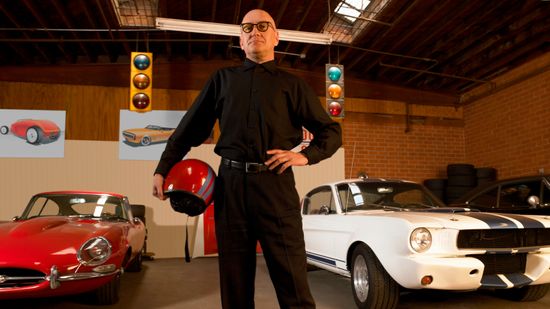
The World's Top 10 Car Collectors
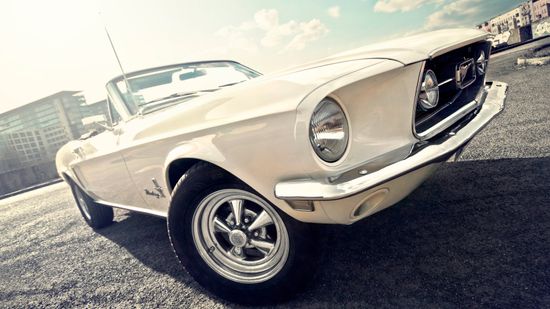
The 12 Rarest Cars In The World
Learn More / Page 4
Anyone born after 1960 may find this hard to believe, but there was a time when hardtops like the 1950-1952 Pontiac Catalina were quite exotic. They also stood as elegant symbols of Pontiac's postwar turn toward a more luxurious car. Read more.
Mercury models of the late 1950s could make a sensitive soul shriek in horror. Luckily this 1960 classic was sleeked down and convertible models along with large color selections were available. View the 1960 Mercury and learn how it works.
The 1963 Mercury Marauder was created with racing in mind, with improved aerodynamics for higher speed. This model marked the first time the name Marauder was applied to a car. Learn more about the 1964 Mercury Marauder at HowStuffWorks.
Advertisement
The 1964-1965 Mercury Comet Cyclone transformed Mercury's Comet line. After plopping a small-block V-8 into the last of the first-generation Comets, Mercury was ready to turn toward some real muscle. Look under the hood of this classic car.
The 1966-1967 Mercury Cyclone GT entered the market as a clone of another Ford Motor Company car, sharing the same body stylings and engine choice as the popular Ford Fairlane. Read more about the 1966-1967 Mercury Cyclone GT.
As the 1968-1969 Mercury Cyclone GT came along, sales just about doubled. Unfortunately, the 1967 total for Mercuy had dropped such that even a twofold increase didn't make the automaker euphoric. Learn more about the 1968-1969 Mercury Cyclone GT.
Chevrolet billed its unibody senior compact Chevy II Nova SS as "the thrift car," though insisting that its "no-nonsense styling ... will catch glances years away from the showroom." Discover if the car lived up to its advertising and view pictures.
Advertisement
The 1952-1953 Allstate was an odd car that is remembered today (if it's remembered at all) for being Sears, Roebuck & Company's misguided attempt at entering the auto market. Get the story behind the Allstate and get specs for this odd classic.
The 1953-1954 Chevrolet Bel Air provides an excellent example of a popular practice in the Detroit of the 1950s called reskinning -- making an old car look new without changing its basic structure by applying different outer panels. See pictures and get specs.
The popular tailfins of the 1950s didn't carry over to the next decade when Plymouth released the 1960 Plymouth Fury. Thus, while Ford and Chevrolet increased their combined production, Plymouth barely maintained its 1959 volume level. Learn more.
Packards advertising slogan for its 1955 cars was "Let the Ride Decide." Torsion bars mounted differently for the first time provided a remarkable combination of ride and handling. Learn more about the 1955 Packard Patrician/Four Hundred/Executive.
Advertisement
Not many cars get a second chance at life after the original manufacturer expires. Avanti IIs were such cars and could be custom-built to a buyer's specifications for colors and materials. Learn about the history of this car and see pictures.
Car Life described 1964-1966 Ford Thunderbird as "begadgeted and bedazzling ... It should keep boys of all ages occupied." Whether for boys, men or women, this classic car offered enough options and models to fit almost anyone. Get specs for this classic.
Though tamed down somewhat from flamboyant 1959, the 1960 Buick Electra nonetheless exhibited highly stylized lines with with tailfins, VentiPorts and a "Wildcat 445" engine. See pictures and look under the hood of this classic car.
Bel Airs and Impalas were too big for some; Chevy II and Corvair too tiny. The answer came in the form of the A-body Chevelle. It quickly developed into a powerful machine. Look under the hood of this classic car and learn about its evolution.
Advertisement
Many "replicars" have come and gone since the mid-1960s, so it's fitting that the first and best of the breed -- the 1965-1969 Excalibur Series I -- would survive the longest. Look under the hood of this classic car and veiew pictures.
Styling of 1961 Buick Electra was a radical departure from 1960, abandoning 1950s fins for an arrowlike profile. Buick named this new style "the clean look of action." See if this classic car lived up to its style and read how the public responded to the redesign.
Buick General Manager Ed Rollert called the early Gran Sport "a completely engineered performance car." True enough when stomping the gas pedal; not quite so true when trying to wrestle a GS (or any other American muscle car) around a quick corner. Get specs for this classic car and view pictures.
"It's big, it's sleek, and it rides like a dream," Electra prospects were informed by the 1965 sales catalog. Better yet, it "has the look of solid success," just the thing to let people know "you've arrived." No idle boast, that. Get specs and see photos.
Advertisement
Though better known today as a compact, the 1960-1961 Dodge Dart was a full-size car. It was also a huge sales success despite having to deal with competitors Chrysler-DeSoto-Plymouth. See pictures of this classic car and look under the hood.
Over the years, the 1967-1969 Dodge Dart GT GTS had morphed from a comfortable family car into a road-ready speedster. Learn more about the changes to body and engine that arrived with the 1967, 1968, and 1969 Dodge Dart GT GTS.
The 1968-1969 Dodge Charger models featured and even tougher stance, aggressive lines, and extra power under the hood. And don't forget all the amenities inside, like bucket seats. Learn more about 1968-1969 Dodge Charger.
Did you ever want to drive a taxi? The 1960-1969 Checker was an opportunity for the general public to own a solid, dependable, no-frills Checker -- a car version of the taxi cab. View pictures and see the specs for this classic commercial car turned consumer.
Advertisement
The 1960 Ford Thunderbird was one of the greatest achievements in American automotive design. In fact, it may well be one of the outstanding American automotive achievements of the decade. See pictures and specification of this classic beauty.
The sporty 1952 Buick Roadmaster Riviera hardtop attracted 11,387 buyers. It was a preferred transport for the up-and-coming professional -- the doctor, the lawyer and anybody who could not quite afford a Cadillac. Learn about this classic Buick.
